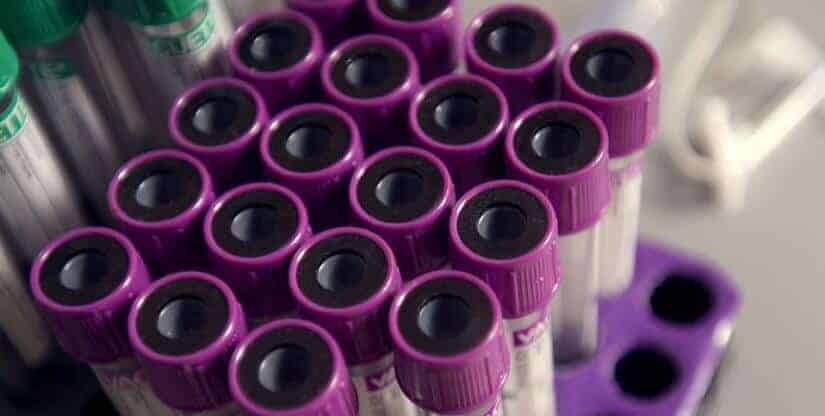Blood banks have long known about high-quality donors – individuals whose red blood cells stay viable for longer in storage and in the recipient’s body.
Now a new device developed at UBC is showing promise as a method to identify these “super donors”, potentially helping more than 4.5 million patients who need blood transfusions every year in Canada and the United States.
“We know that the deformability of red blood cells, or their ability to squeeze through small constrictions, is an important factor in the longevity of these cells in recipients of blood transfusions,” explains lead researcher Hongshen Ma, a professor of mechanical engineering and biomedical engineering. “This is because cells that remain deformable longer can stay in circulation longer. But until now we didn’t have a reliable way to measure this capability in donated red blood cells.”
Ma and his team tested stored red blood cells from eight different donors using a custom-made microfluidics device to see how their deformability is maintained during storage. (Microfluidics is the study of the flow of liquids through channels smaller than the human hair.)
“We found that samples from two of the donors were significantly more stable – they remained deformable during the storage period – than other donors,” said Ma. “We need to study this phenomenon further, but this result suggests that it will be possible to identify donors that can provide long circulating red blood cells for sensitive recipients.”
“People who need frequent blood transfusions, benefit tremendously from red blood cells that that are able to appropriately circulate in the blood vessels to deliver oxygen. A method that can swiftly and accurately test the ‘squeezability’ of these cells can make transfusions safer for these patients and ultimately for anyone who needs a critical transfusion,” said study author Dr. Mark Scott, a UBC clinical professor in pathology and laboratory medicine and senior scientist at the Centre for Innovation, Canadian Blood Services.
The team plans to work with Canadian Blood Services to test more donor samples in the near future to further develop their device and validate this result.


